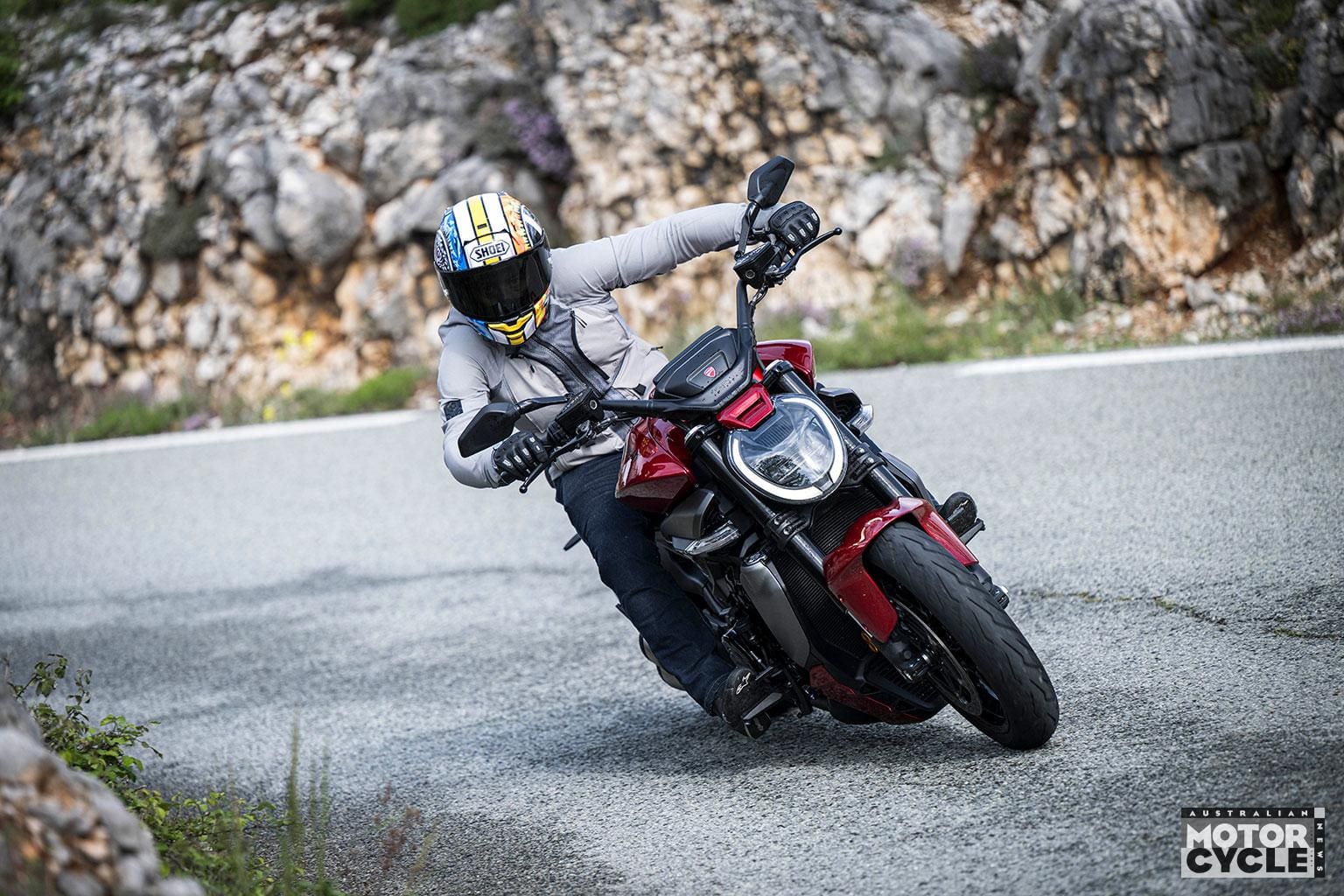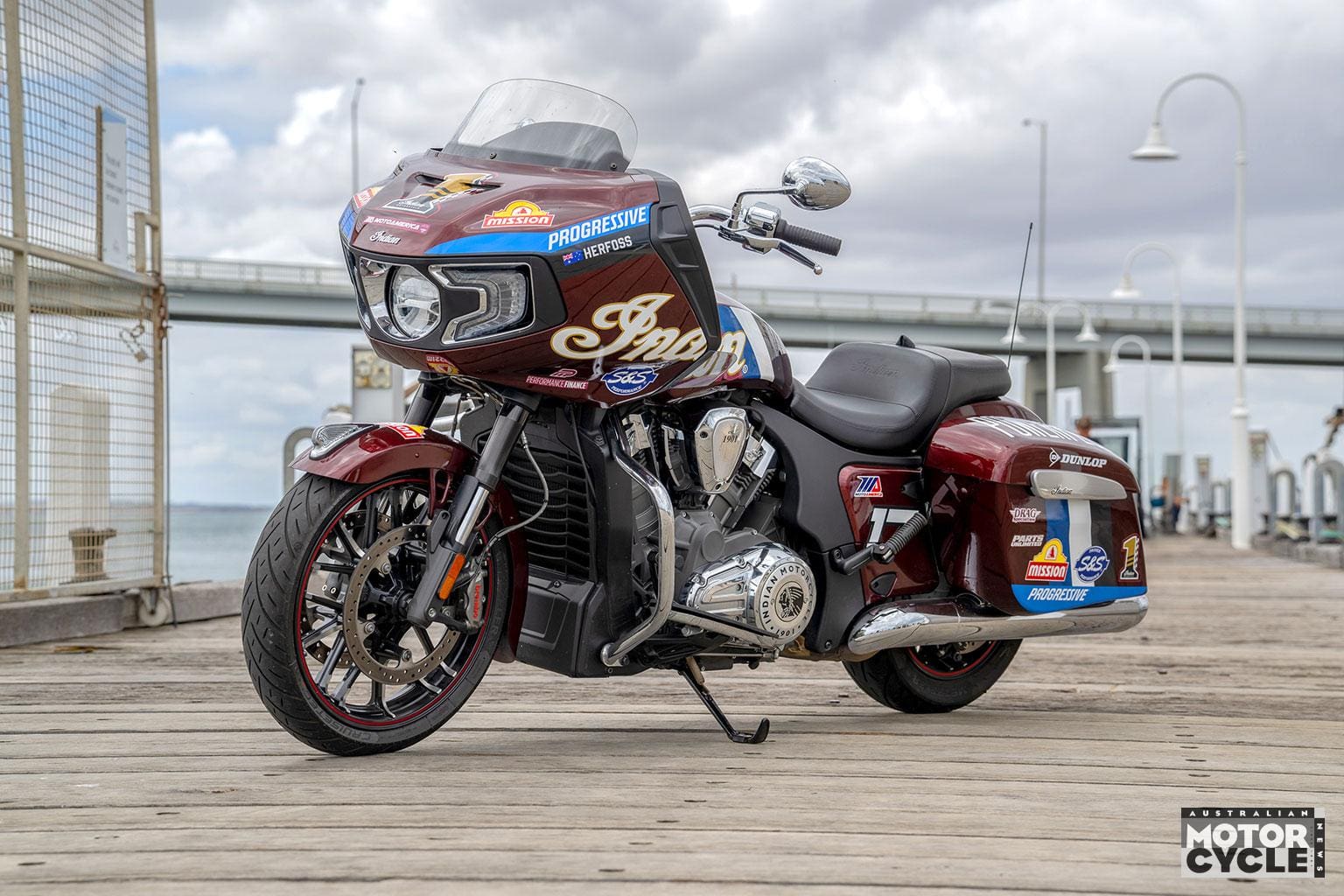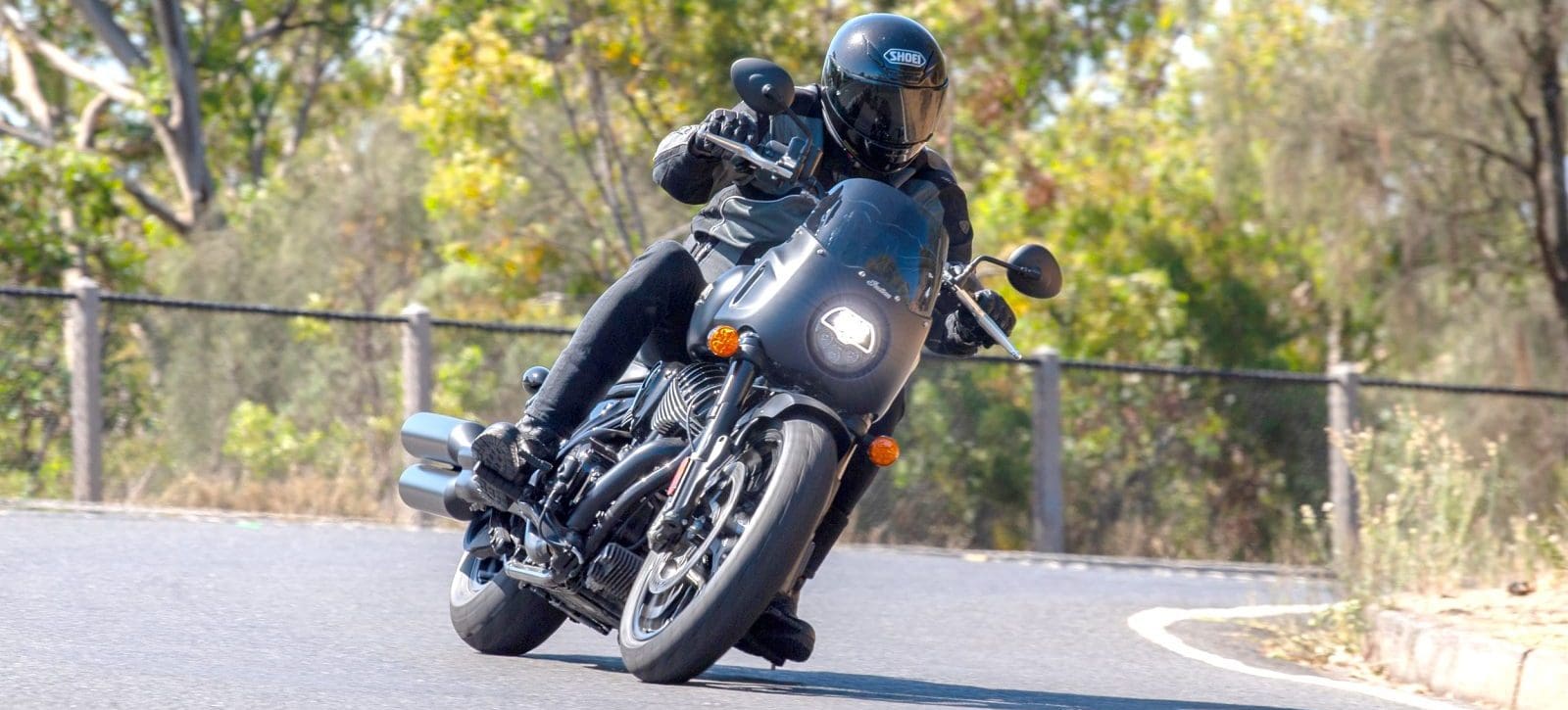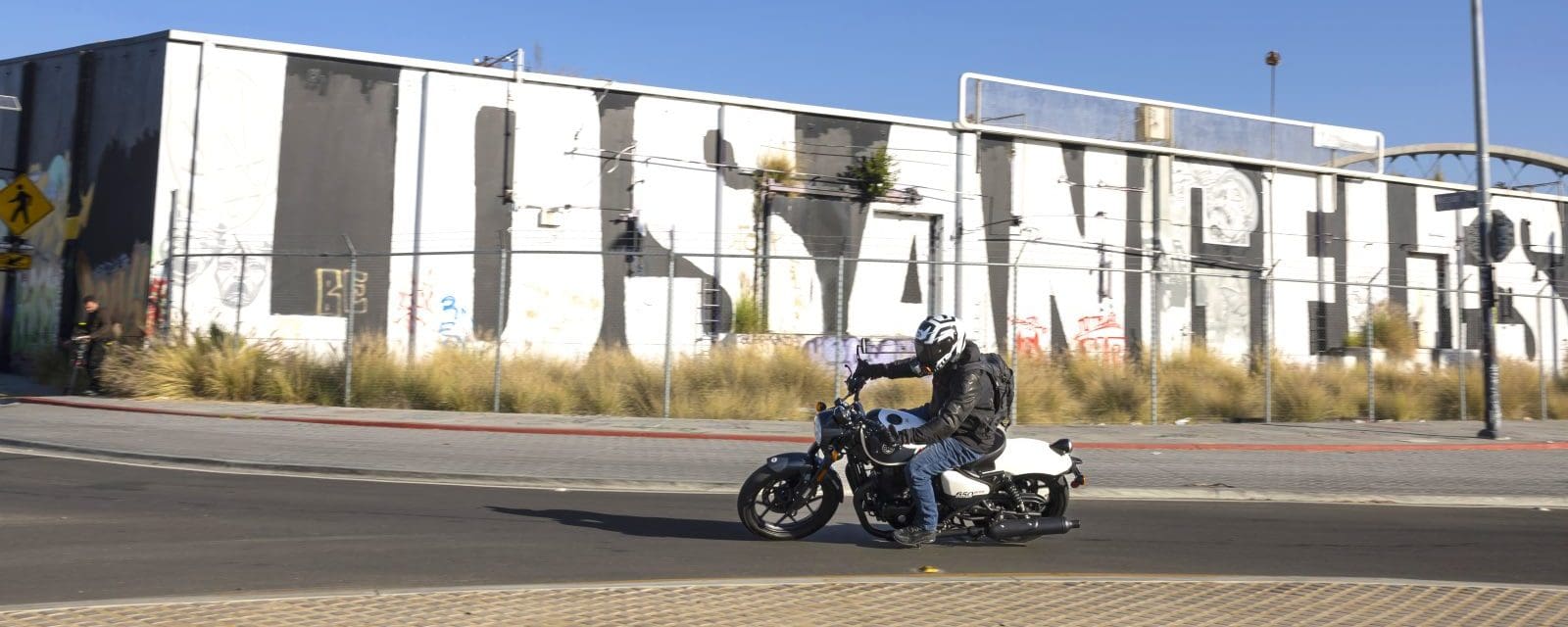Are you kidding?” was the reply from a genuinely surprised Joe Elasmar, CEO of Urban Moto Imports who distributes Royal Enfield in Australia and New Zealand, to my question of whether the 648cc LAMS-approved cruiser might be a hard sell in a country like Australia. “We’ve already had over 500 orders, it’s going to be one of the best-selling midsized bikes of 2023, if not the best.”
After just spending the afternoon riding both versions of the all-new cruiser built on the brand’s popular 650cc parallel-twin platform, I knew it was a very accomplished machine – the most accomplished Royal Enfield I’ve ever ridden, in fact. My question was more about just how many new bike buyers are actually looking for a midsized cruiser in a market that feels flooded by the long-legged practicality of all-road adventure bikes.
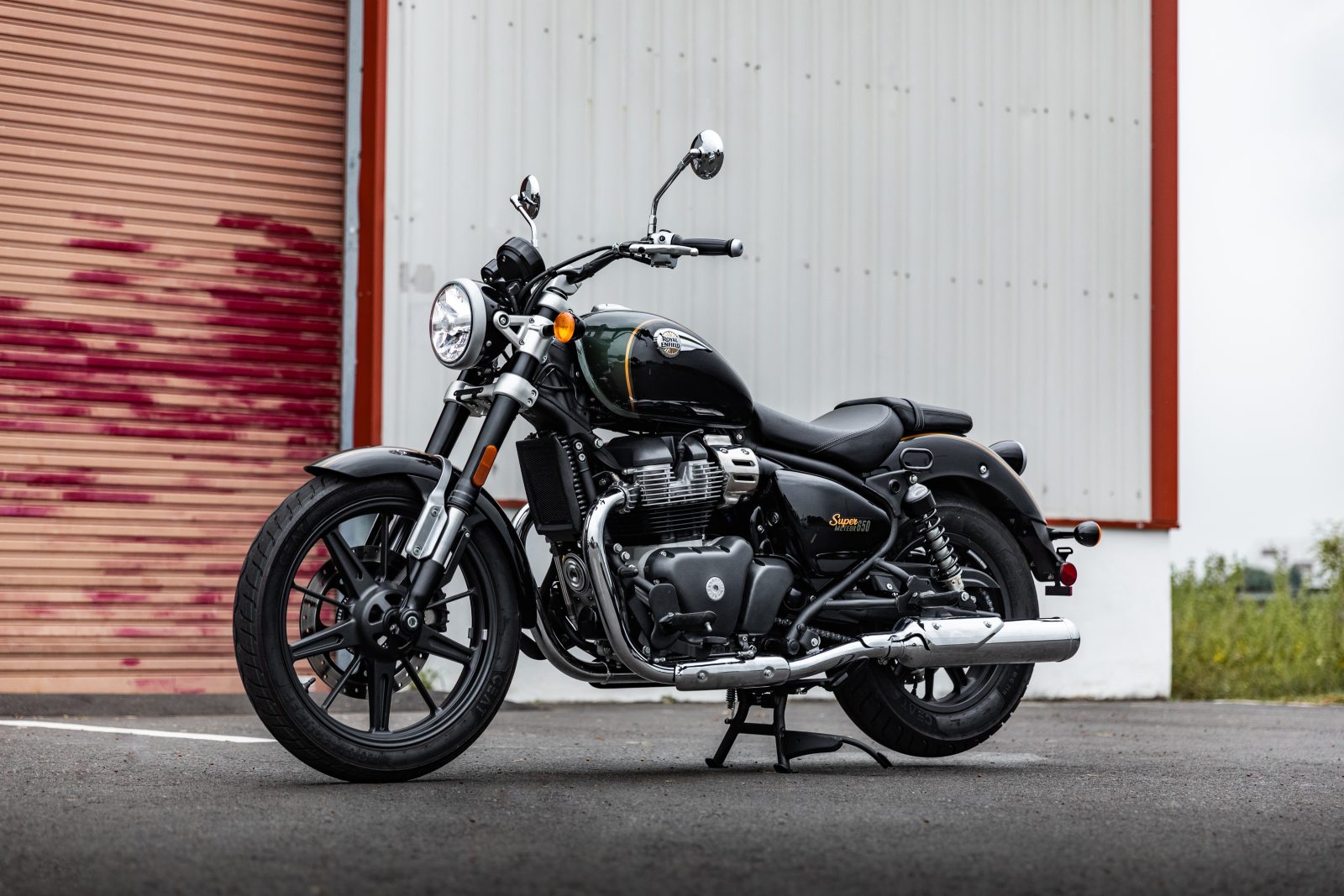
The last time the annual sales data for individual segments was made public by the FCAI was for the 12-month period to December 2018. Leading the cruiser category four and half years ago was the now-defunct 500cc LAMS-approved Harley-Davidson Street 500 which found 944 buyers in the 12-month period, followed by H-D’s 107ci Breakout. The third most popular cruiser was Honda’s CMX500 (746) ahead of Kawasaki’s 649cc parallel-twin Vulcan S (670) and Yamaha’s XVS650 (515). In fact, the Harley and the Honda sat fourth and sixth in the year’s best-selling roadbikes overall, so it’s no wonder Royal Enfield Australia is pinning plenty of hopes onto the shoulders of its all-new Super Meteor 650. Hopes, it sounds like, which are already starting to pay off.

I should be surprised that so many orders have been placed by people who have never ridden the bike, but given the success and proven pedigree of both the 650cc Interceptor and Continental GT, the bet that the Super Meteor would be similarly well made and capable is a safe one. And from the moment I sat on the Tourer version for my first stint along Victoria’s Great Ocean Road, that assumption was confirmed.
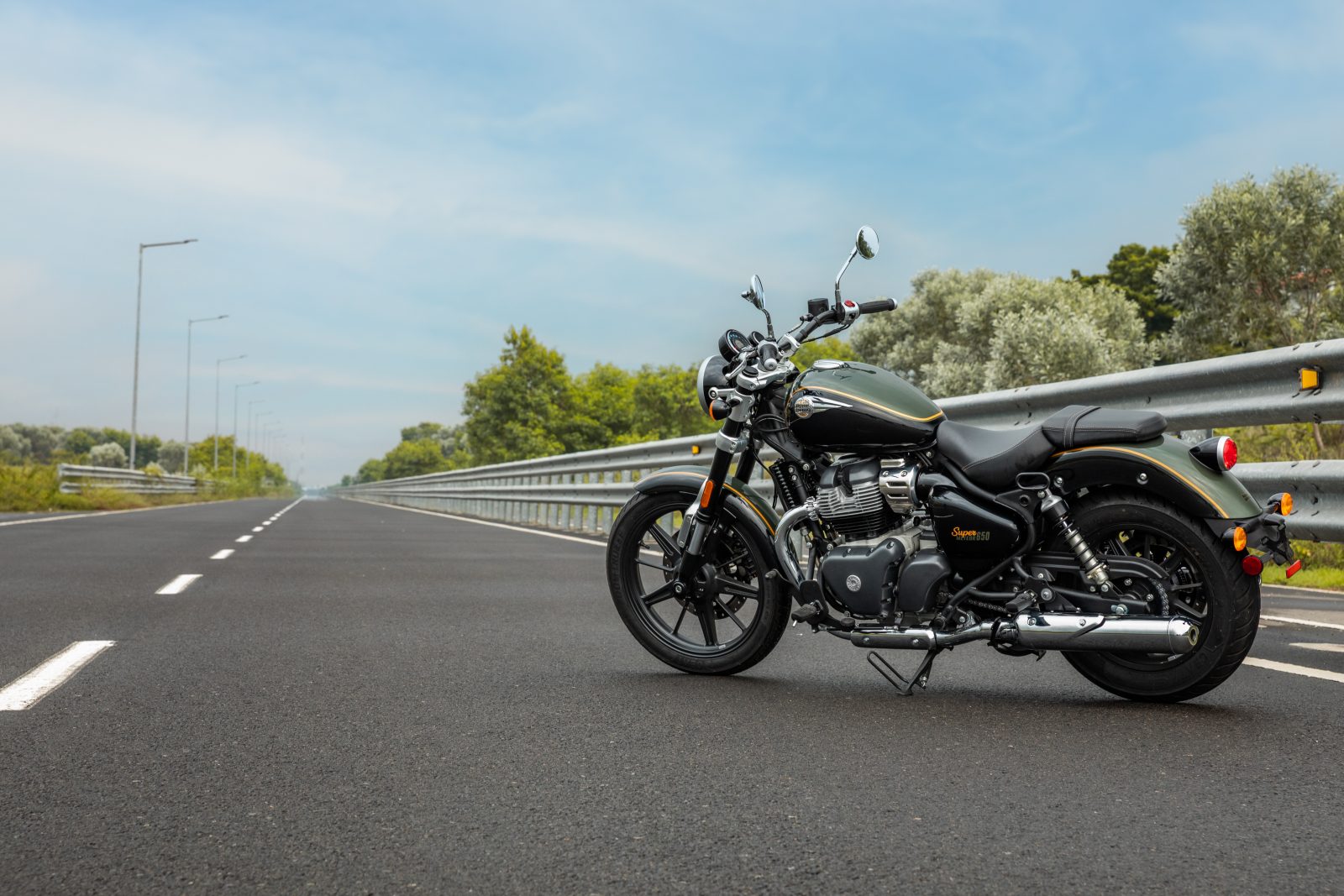
The goal when setting out to create the Super Meteor was to build a “simple bike with global appeal” which, when you think about it, had the potential to translate into a rather generic metric cruiser. And while in many ways it probably is, it’s clever in its execution by the fact that it represents a lot of firsts for the Indian brand, it’s by far the best RE yet in terms of fit and finish, yet it still feels every bit a Royal Enfield. It’s a bike that represents a fast-maturing company.

The ground-up design starts with an all-new backbone frame which was created using the might and experience of Harris Performance, which Royal Enfield acquired eight years ago as part of its long-term vision of building motorcycles with global appeal. And in my mind, it’s the chassis – along with the superb front-end – that really makes the Super Meteor such a pleasure to ride. But more on those later.

Mounted within the frame is the firm’s 648cc SOHC air/oil-cooled parallel-twin engine albeit with individualised exhaust, intake and mapping to suit the cruiser genre. It’s fed by electronic fuel injection, is good for 34.6kW (46.4hp) of power at 7250rpm and 52.3Nm of torque which peaks 1600rpm earlier at 5650rpm. However, without a tacho on the single circular dash, you’re riding very much by feel – and this engine very much feels like it likes to be revved.
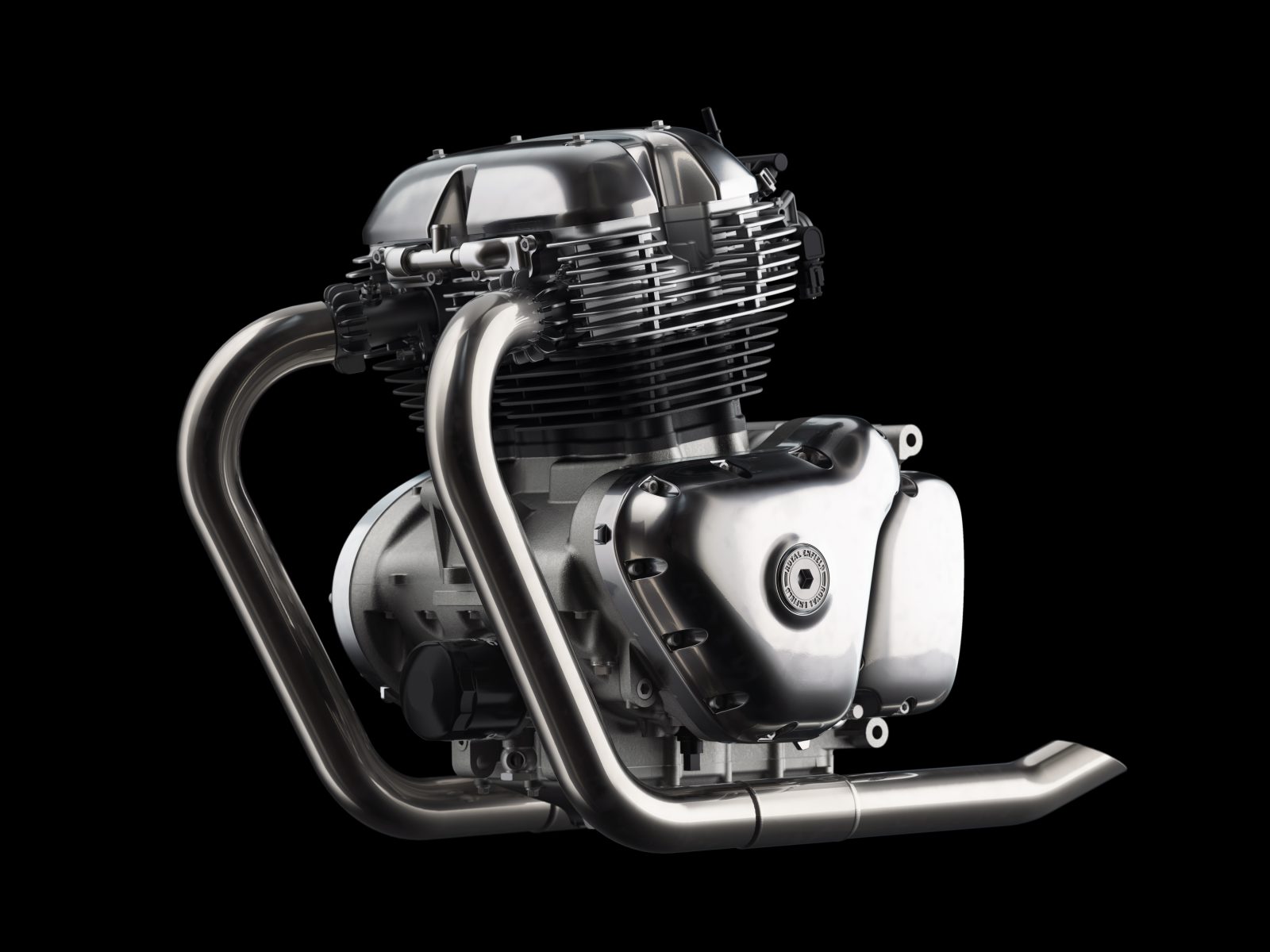
If sharp-inhale performance is what you’re looking for, you’re not going to find it here, but if responsive and usable performance is your bag then the Super Meteor has that in spades. Clean off the bottom, torquey in the midrange – and there’s still some in reserve at 120km/h in top gear, too. In a short blast on a straight open section I saw 165km/h, so there’s plenty of potential to land yourself in trouble with the constabulary if you go looking for it.
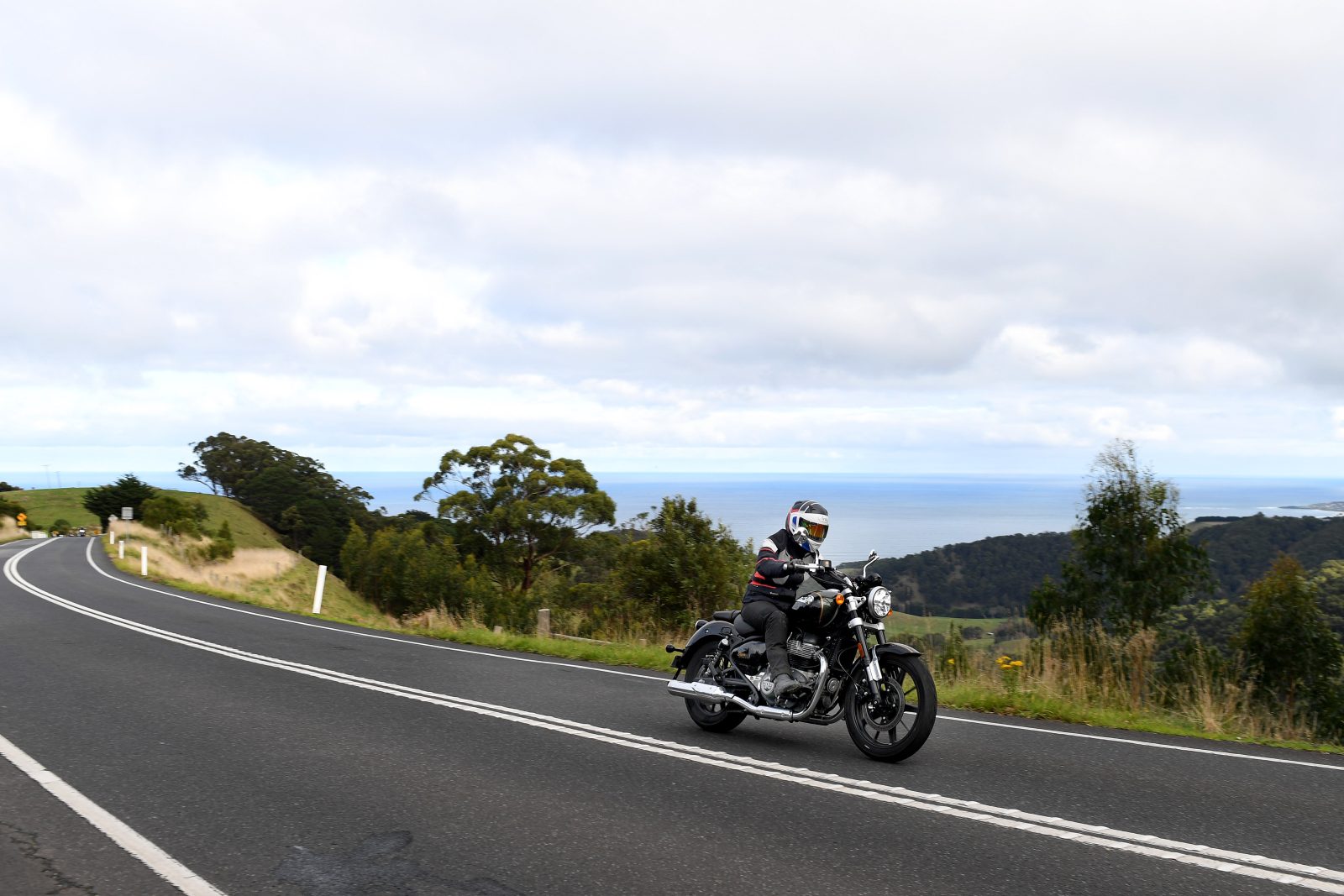
While the afternoon on the Great Ocean Road was on mostly dry roads, an inland detour through a couple of twisty backroads that were covered by thick canopies made for some mossy and greasy surfaces. And it was only when I found myself confident to still push when the conditions became sketchy that the brilliance of this simple global bike really made itself known to me.

With no traction control to speak of and an engine revving higher than I’d normally feel comfortable doing so in such slippery conditions, the connection between the throttle hand and rear wheel builds a distinct level of trust. And not just high in the rev range, either. Accelerating assertively from low rpm and out of greasy switchbacks happened so much easier than they should have thanks to the Bosch ECU’s oh-so precise fuelling.

Add to that an awareness of exactly what the front tyre is doing – rare on a bike with cruiser geometry – and it’s not long before you feel as if you’ve been riding this motorcycle for years and you know its characteristics inside out.
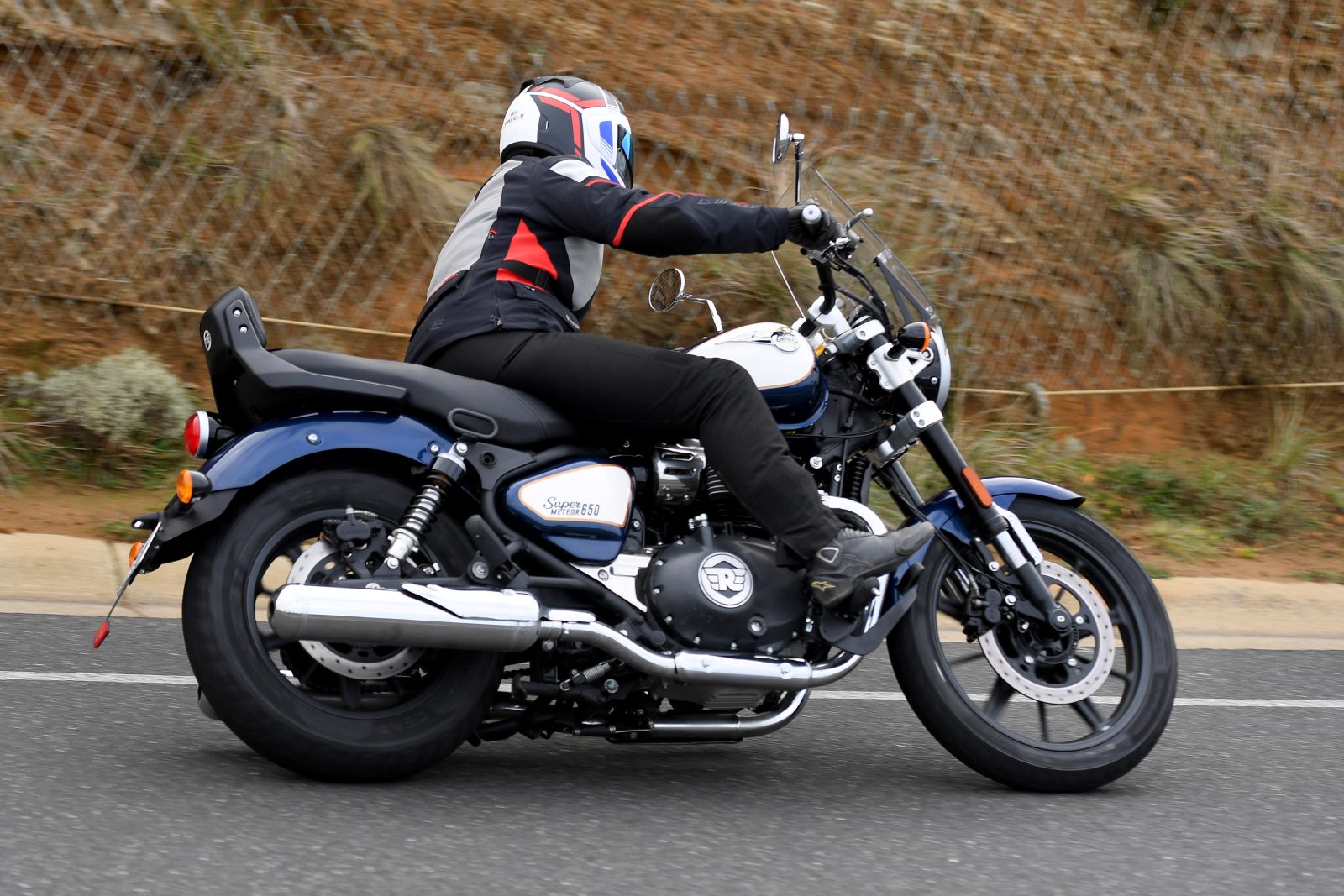
The fork has a lot to answer for. It’s an upside-down unit, a first for a production Royal Enfield, but not just any USD fork. Replacing the Gabriel-branded suspension from the Interceptor and Continental GT models is a 43mm Showa Big Piston fork. It’s non adjustable, but it doesn’t matter a jot, as the base settings are spot on.
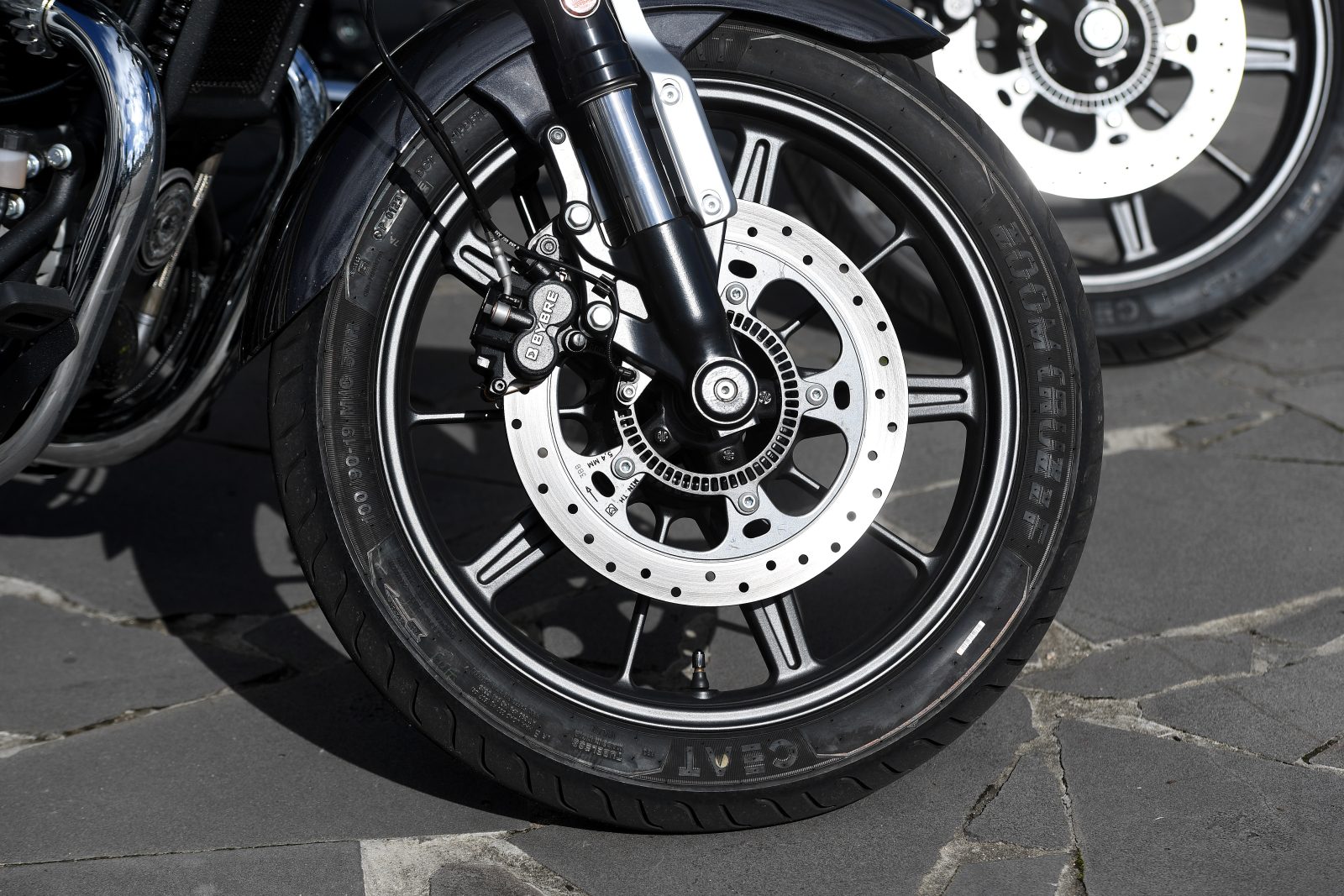
The dual shocks at the rear boast five-step preload adjustment which, on the Tourer I would have liked to have played around with. Bouncing my 64kg frame out of the seat on a couple of occasions suggested the rear was a bit firm, though swapping to the pared-back base model I had no such complaints over equally rough surfaces, so I suspect it was a result of the preload setting by the group of riders before me.

On paper, the differences between the Tourer and the base model are purely aesthetic, but I was caught off guard at just how different the two machines felt when I jumped from the Tourer to the base model halfway through the ride. As well as a non-adjustable screen, a deluxe seat and a small sissy bar for the pillion, the machines are identical, but further investigations revealed the handlebar on the base model is rolled back towards the rider slightly compared to the Tourer’s handlebar position. It’s a small but significant difference, and one that makes the base model just a little more engaging to ride than the Tourer.
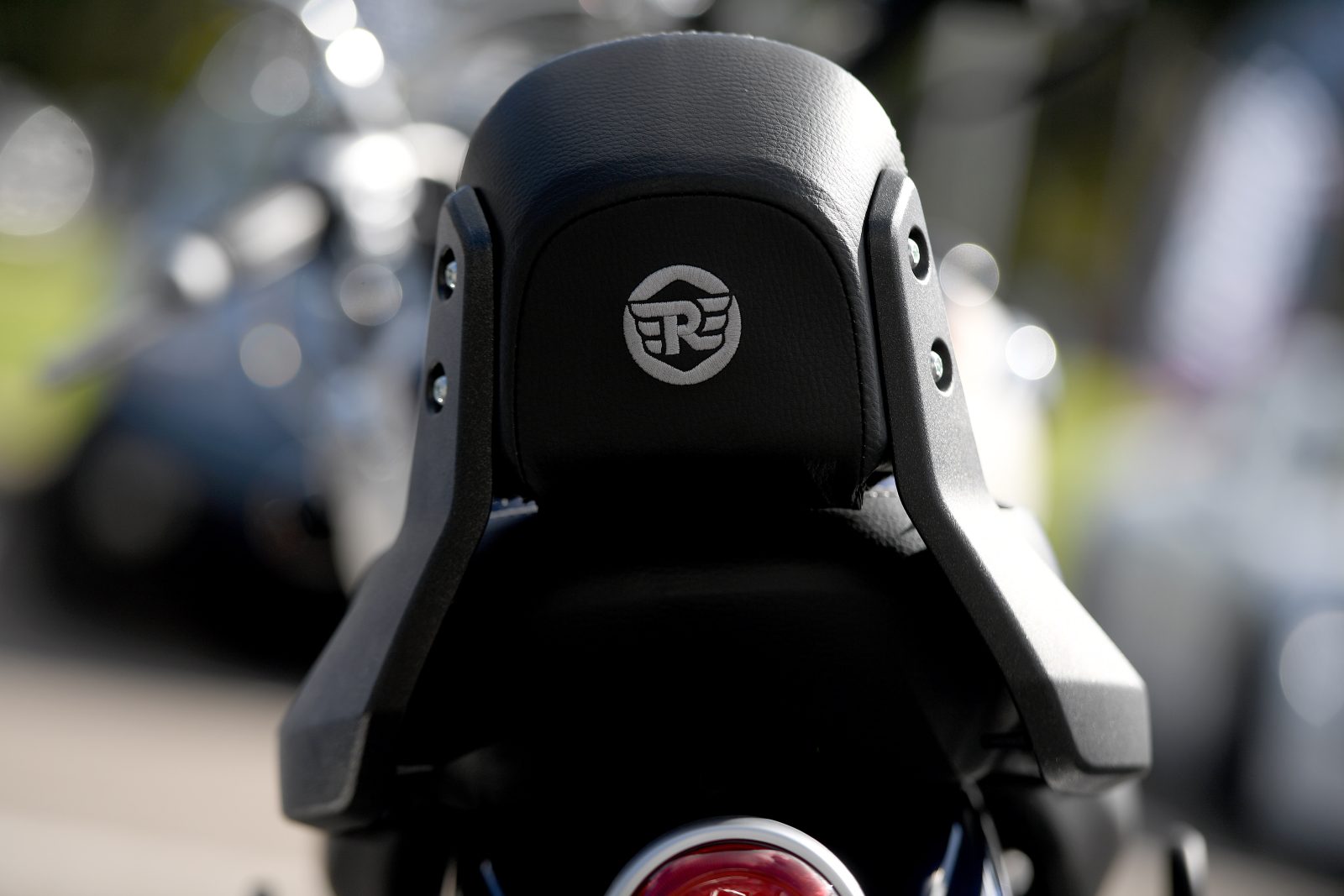
For a cruiser, the dual-channel ABS-equipped brakes are pretty good. They’re not exceptional, but they don’t need to be and when used in tandem, the ByBre calipers biting the single 320mm front disc and 300mm rear do a fine job in stopping the Super Meteor which tips the scales at 241kg (claimed) when its 15.7-litre teardrop tank is 90 percent full.

By no means light, the bike is physically bigger than I was expecting it to be and, at 164cm tall, I wasn’t able to get two feet flat on the ground. And while that isn’t particularly unusual for me, I wasn’t expecting that to be the case on a 650cc Royal Enfield cruiser with a low seat height of 740mm. It’s not a negative point, merely a comment on the physical presence of the bike, and I still had good purchase on terra firma with the balls of both my feet. It carries its weight nice and low in the frame, and low-speed manoeuvrability is about as good as it gets thanks to that highly accomplished chassis.

Another first for the brand is satin-chrome aluminium switchblocks which Royal Enfield says is as much about making the very area where a rider engages with the motorcycle an appealing and welcoming place to be, as it is about meeting the shiny cruiser aesthetics criteria. The controls are a simple affair thanks to the lack of any electronic rider aids other than non-switchable ABS, which Euro 5 certification currently mandates.

The Super Meteor does come equipped with the firm’s turn-by-turn Tripper navigation system and is the first model to have it as standard fitment, though that’s more due to luck than anything else as Covid-induced supply issues of computer chips were the reason behind recent models not featuring the tech as standard. I would have liked to have seen the inclusion of cruise control on the Tourer model at least, but with an asking price starting at $10,640 (plus on-road costs) complete with a three-year warranty, as well as three years roadside assist, it’s hardly a deal breaker. And a late afternoon arrival showed me the LED headlight (there’s LEDs all around) throws a nice spread of bright light even on low beam.
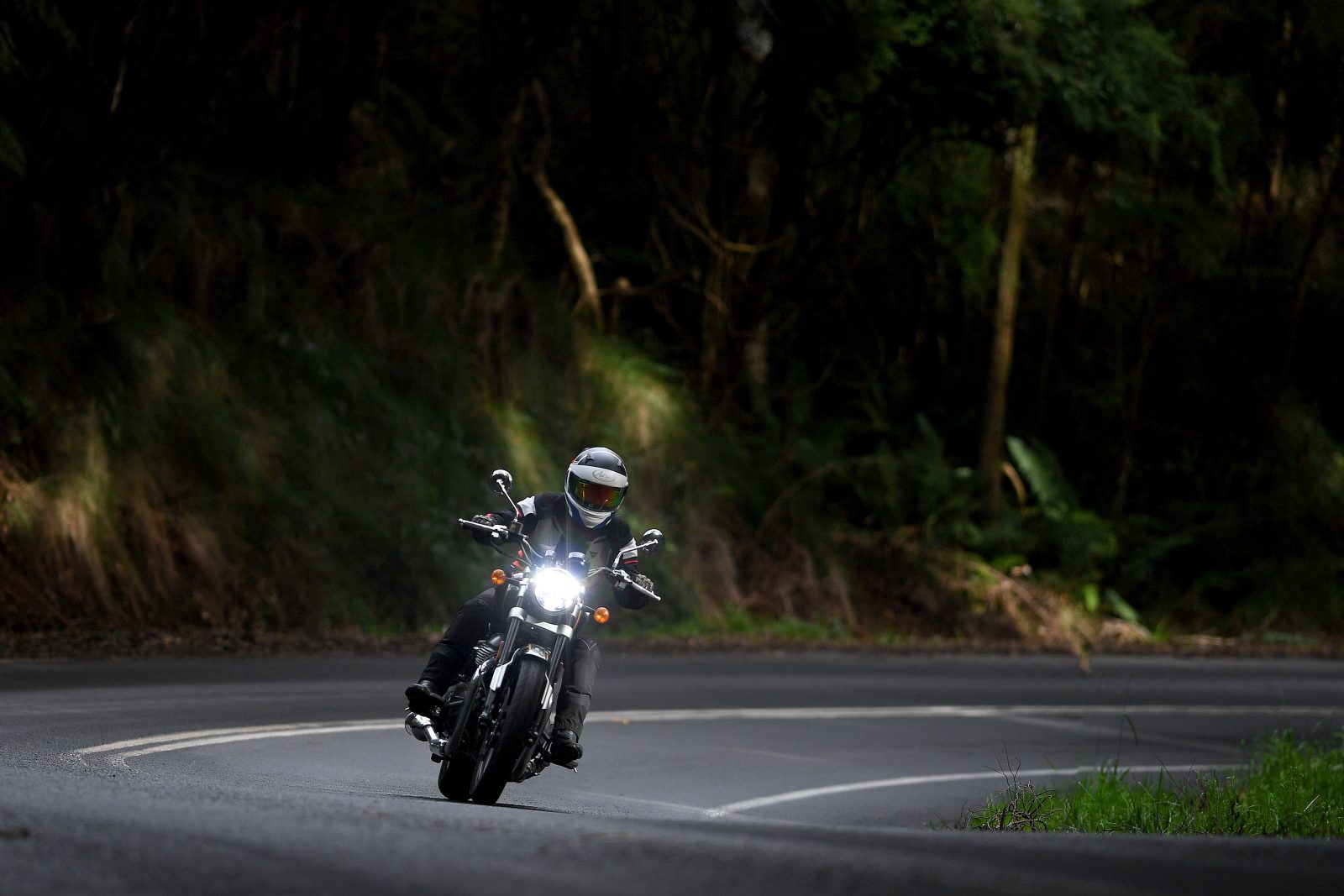
The Super Meteor 650 comes in two versions, five colours and three price points. The base model in a choice of two solid colours (Astral Black or Astral Blue) is priced at $10,640 (plus on-road costs); then you have the base model in a lovely black and green with gold pin-striping (called Interstellar Green, and my personal favourite) that brings a $200 premium at $10,840 (plus on-road costs). The Tourer models are available in two two-tone options (Celestial Blue or Celestial Red) and come with a $11,190 (plus on-road costs) price tag.
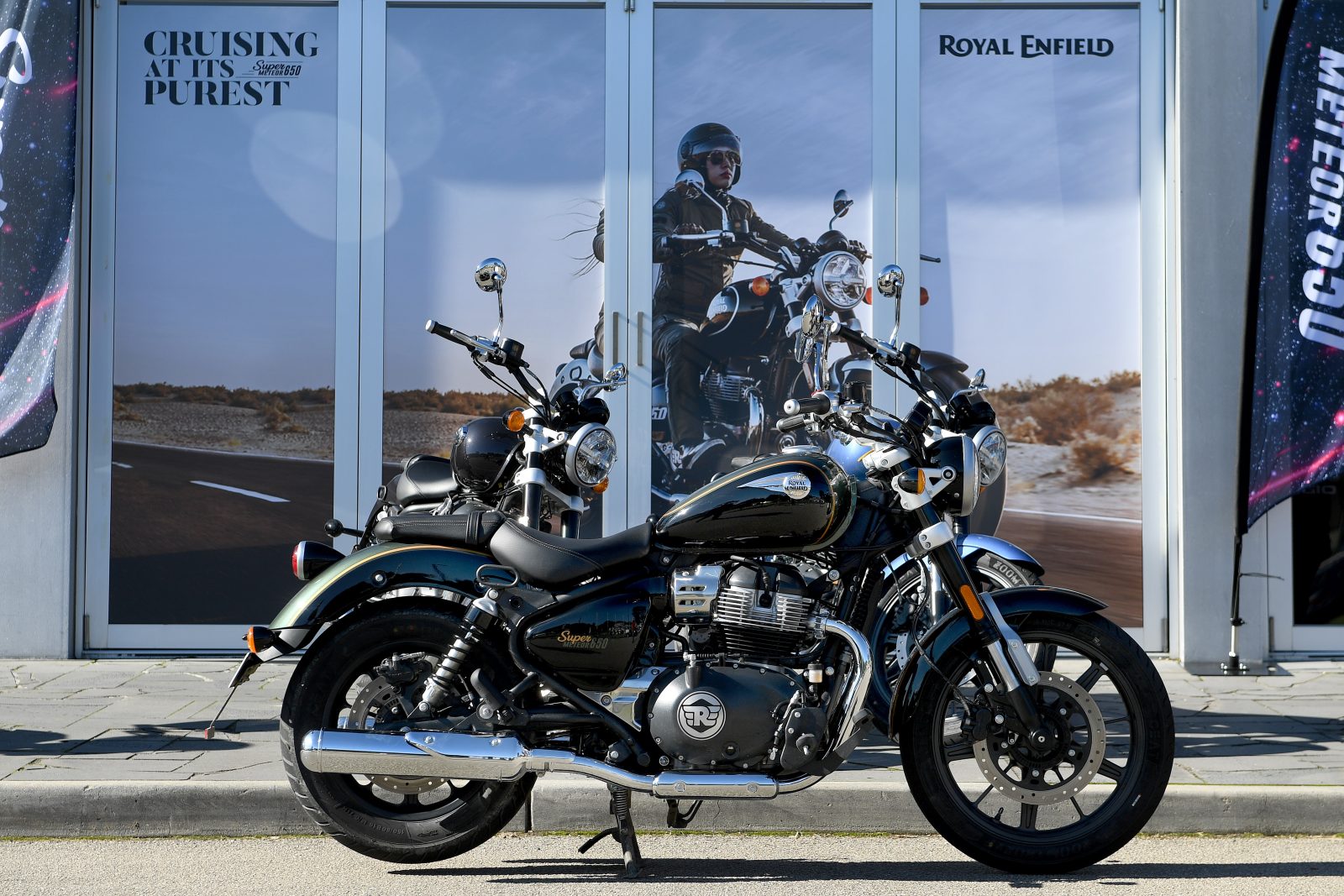
Royal Enfield has made it very clear that it’s only interested in operating in the 350-650cc midsized category for the foreseeable future. And it’s that targeted approach – meaning it’s not spreading its research and development too thinly across a broad spread of products – which I believe will mean Royal Enfield will slowly but surely dominate the midsized category in years to come.

Because yes, the Super Meteor is ‘just’ an inexpensive learner-approved cruiser, but it’s a supremely capable one whose best features aren’t its bells and whistles, but in how well it does what it was designed to do. It’s a simple global motorcycle, it’s thoroughly engaging to ride and, despite being more expensive than its current competition, it represents terrific value for money.
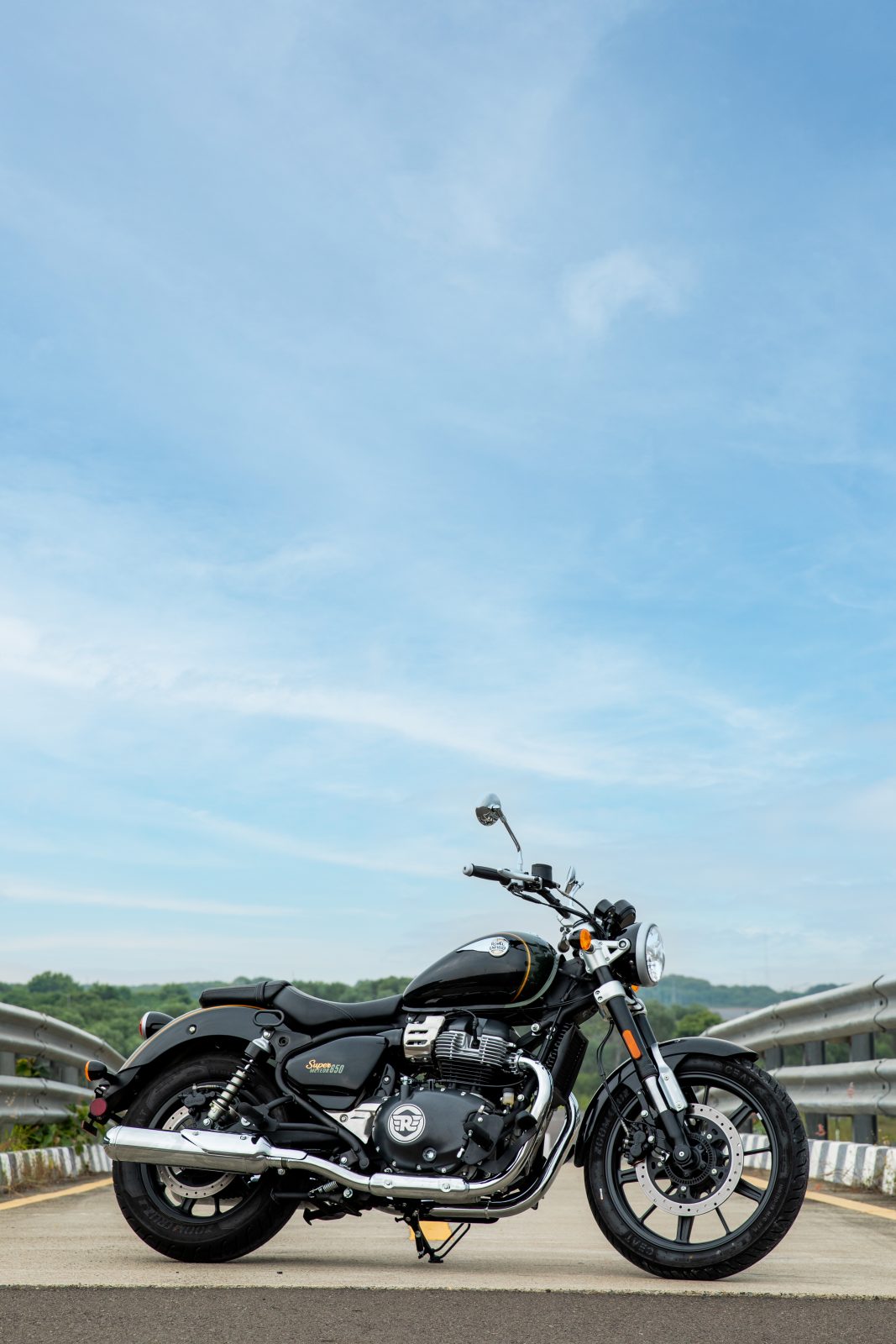
Test Kellie Buckley + Photography Jeff Crow

